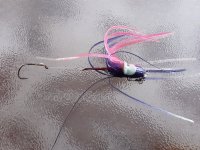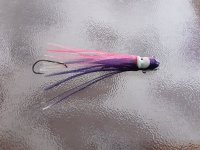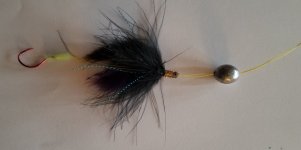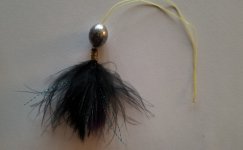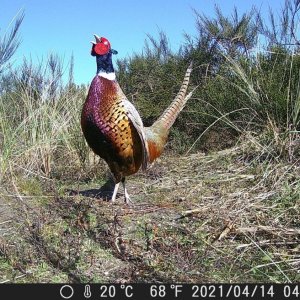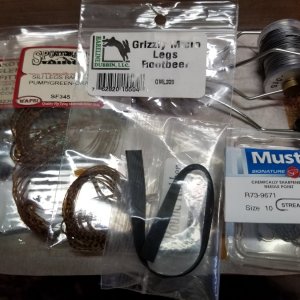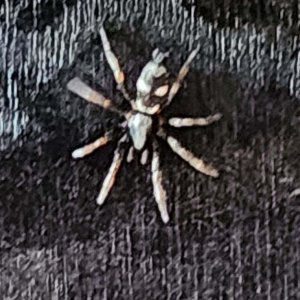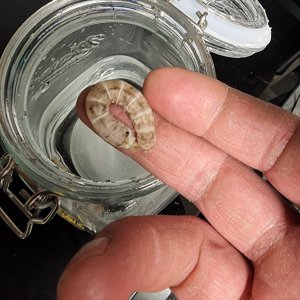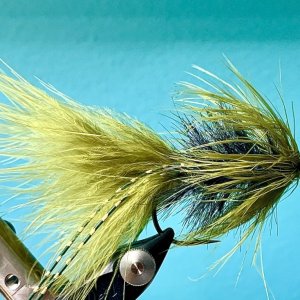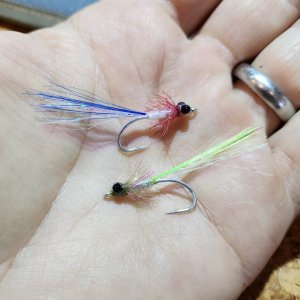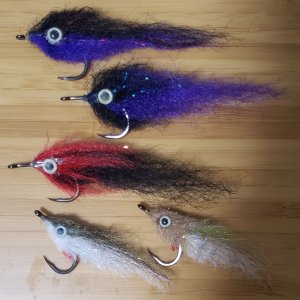Does anyone have experience with this rigging?
I have never tried but it makes sense in theory. Might give it a shot this weekend on some coho.
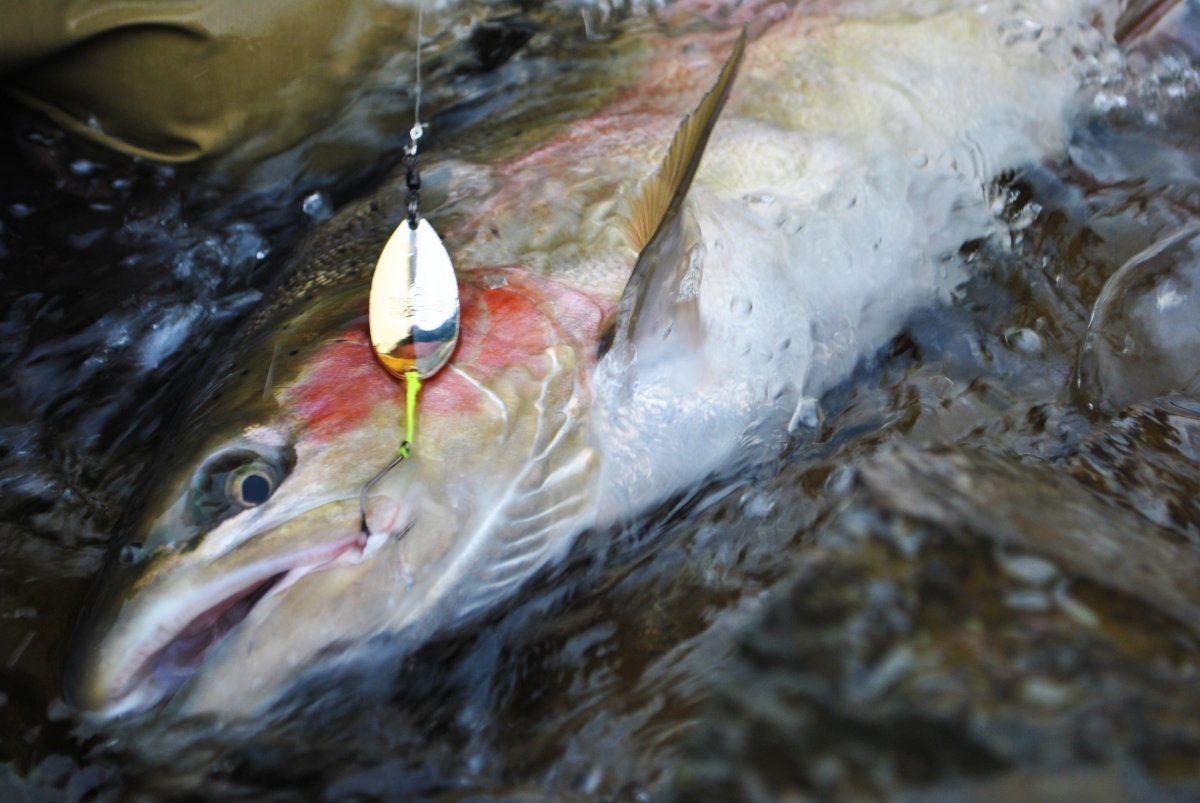
 outdooraddictions.wordpress.com
outdooraddictions.wordpress.com
I have never tried but it makes sense in theory. Might give it a shot this weekend on some coho.

The Trailing Hook Method
I have had numerous emails, facebook messages, and messages in general asking about the trailing hook method I designed and starting using 2 years ago now. The following is a step by step on how to…

